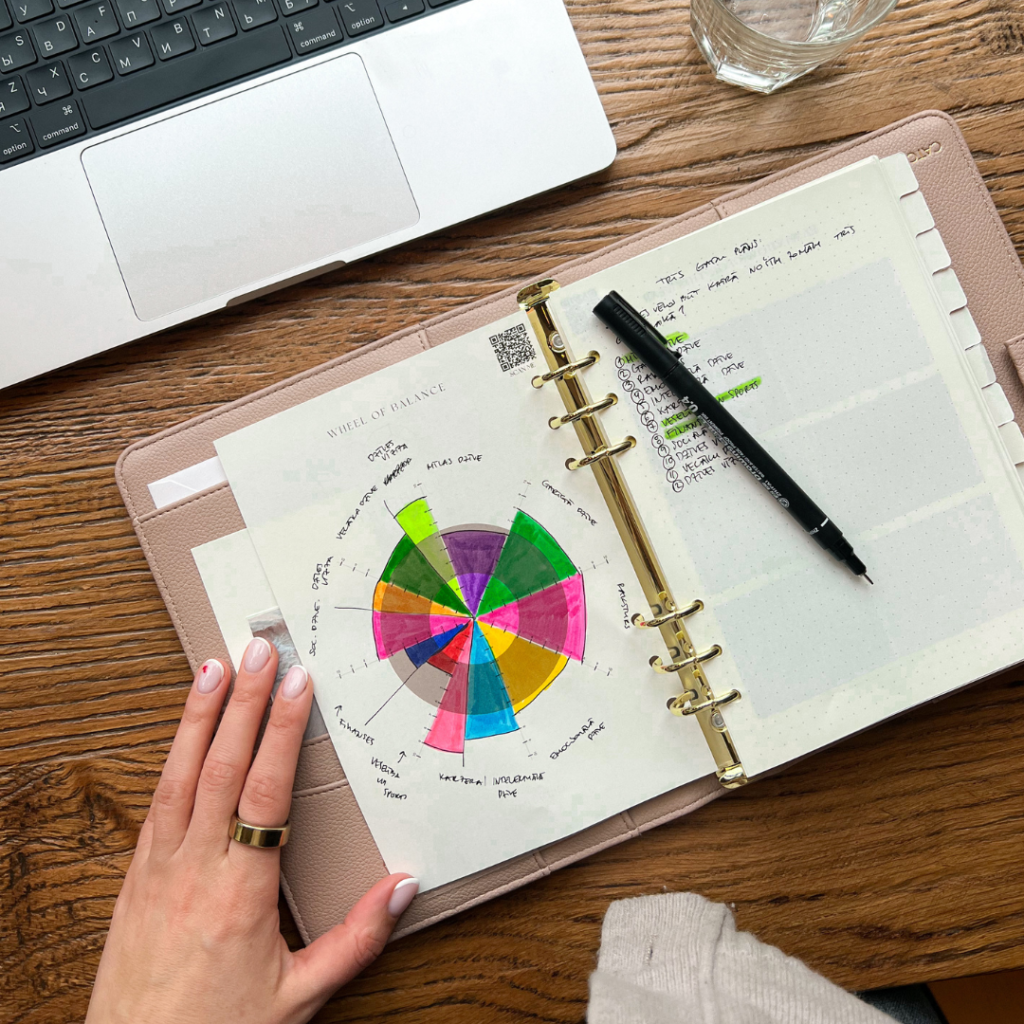
Juggling your everyday responsibilities isn’t a simple walk in the park. Taking kids to school. Answering work calls and joining Zooms. The list seems to be neverending.
According to a survey, 87% of workers worked two hours longer to finish their assignments (compared to 2019). If that sounds familiar to you, chances are, you either have too much work on your shoulders or you don’t know how to plan and organize it properly.
So how can you bring more structure to your day and regain the control you need? By trying time blocking! This time management strategy is no panacea, but it can help you focus on things that really matter.

What you should know about time blocking
If you are an obsessive planner, you’ll certainly love time blocking. How it works is quite simple. Essentially, you must schedule every single part of your day. To do it the right way, you must break your work week into little time slots, which include all of your tasks, whether that’s responding to e-mails or doing an exercise.
The reason why this time management strategy works is that it allows you to understand where your time is actually going. It’s easy to get burned out if you’re putting your energy in all the wrong places. Time blocking can help you feel more at ease and in control of what’s happening in your life.
So how can you test the technique that’s been used by some of the world’s greatest minds, like Elon Musk and Bill Gates? Here’s a simple walkthrough of the process.
How to start time blocking
Take a piece of paper and divide it into two columns. On the left, write down each hour of the day and create blocks of time. They can be as long as you wish – one hour or two hours; it doesn’t matter. What’s important is to keep them realistic.
- Next, estimate the time it will take to complete each task and fit them into your time blocks.
- Add buffer times between each block to allow for daily adjustments.
For example, start your day at 10 am by creating a 30-minute time block to respond to emails. Then, your next time block will be from 10 am to 12 am, when you’ll focus on your main task for the day. At 12 am, you can add another time block for a coffee break, and so on. What’s great about this method is the fact it allows you to effectively focus on your high-impact work and avoid procrastination.

Other benefits of time blocking include:
- Better flow. This time management technique allows you to work at maximum efficiency without any distractions since you focus on one task at a time (and nothing else).
- More control. There’s a reason people love to plan – when we know what we have to do, we don’t feel as stressed and nervous. In a way, time blocking can give you more control over your day.
- Fewer distractions. The whole idea behind time blocking is focusing on a single task – it’s the opposite of multitasking. As a result, it will be easier to devote yourself to work, and you’ll make fewer errors.
End notes
We’d all benefit from more structure in our workdays. While you can do time blocking on your digital calendar too, at Cloudberry, we know how good it feels to do it the old-school way. Utilize your paper planner and make the most of your day!
P.S. Time blocking has several variations, like task batching, time boxing (it’s basically The Pomodoro technique, which we’ve explained in an article before), and day theming, so you can find one that fits your lifestyle the best.






